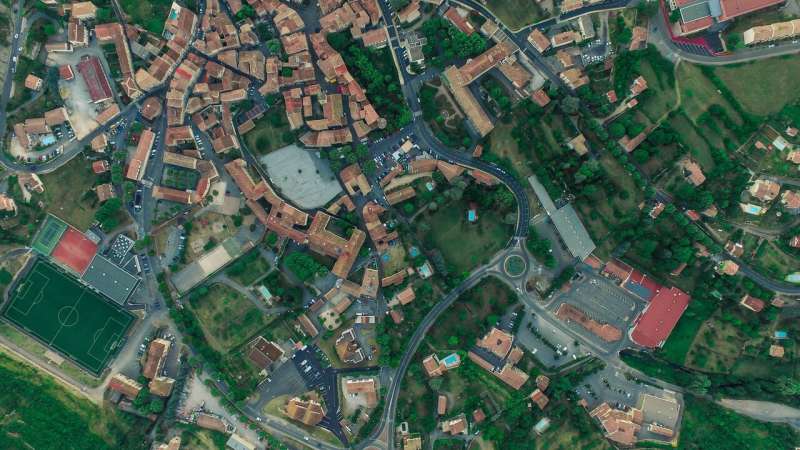Study shows a '15-minute city' within reach for Vancouver

According to a new study published by Simon Fraser University researchers, 79 percent of residents in the City of Vancouver have access to a grocery store within a 15-minute walk and 99 percent had at least on grocery store within a 15-minute cycle.
However, there were inequities in access across populations and neighborhoods that disproportionately affect children, older adults, racialized populations, and those with lower employment and education rates.
"These are often the populations that have lower access to a car and would benefit most from having access to grocery stores by walking and cycling," says Kate Hosford, a Ph.D. candidate in the Faculty of Health Sciences and lead author of the study.
"Designing cities so that people can access their daily needs by foot or bike not only makes for a more inclusive city but is also beneficial from a health and environmental perspective."
To assess Vancouver residents' access to grocery stores, Hosford mapped out a total of 169 grocery stores identified within the City of Vancouver and neighboring Burnaby and quantified how many grocery stories were within a 15-minute walking or cycling trip of each of the city's dissemination blocks—equivalent to one city block.
The research team found that there is good accessibility by cycling to grocery stores across the city, with the majority of the population having access to more than 10 grocery stores within a 15-minute cycle.
Among walkers, 91 percent of the city's population had access to at least one store within 15 minutes when using the average walking speed of a younger traveler (4.8 km/h) but that number declined dramatically when using an average walking speed of an older traveler (3.6 km/h). About one fifth (21 percent) of the city's population had no grocery store within 15 minutes.
Grocery stores tended to be located in areas with higher populations, with the highest concentration located in the downtown core. The south-west region of Vancouver, an area with lower population density, had the lowest concentration of grocery stores.
The current study was restricted to Vancouver, which is one of the most amenity-dense cities in Canada. If she were to repeat this analysis across Metro Vancouver, Hosford suspects that far fewer areas would have good local access to grocery stores by walking or cycling.
To improve accessibility to grocery stores by walking and cycling in the longer term, Hosford suggests that land use policies that support mixed-use higher density neighborhoods across the city are needed. In the short term, more funding and supports could be put towards programs that help people access groceries—such as Better at Home and the Safe Seniors, Strong Communities program.
The research was published in Transportation Research Interdisciplinary Perspectives.
More information: Kate Hosford et al, Is the 15-minute city within reach? Evaluating walking and cycling accessibility to grocery stores in Vancouver, Transportation Research Interdisciplinary Perspectives (2022). DOI: 10.1016/j.trip.2022.100602
Provided by Simon Fraser University





















